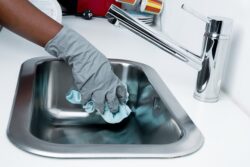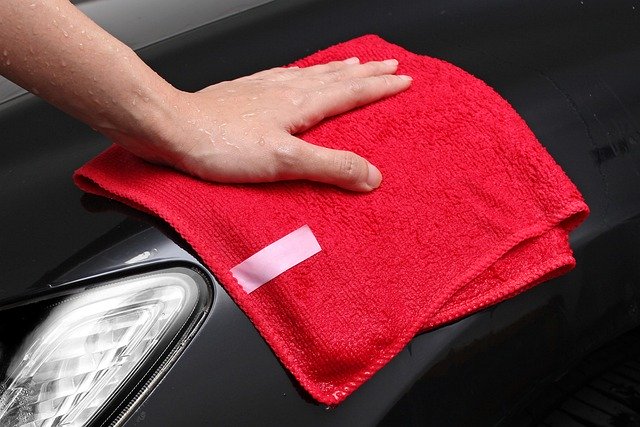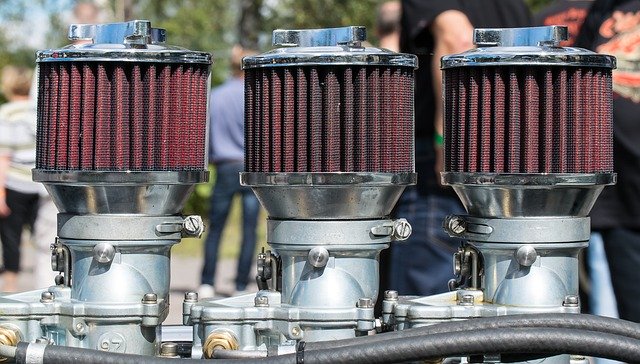Your home’s driveway, often taken for granted, serves as the very first welcome mat to your abode. It’s the canvas upon which life’s comings and goings unfold, from the daily commute to the joyful reunions with loved ones. However, the wear and tear from weather, vehicles, and the passage of time can leave your driveway looking worse for wear. That’s why we’re here to introduce you to “The Ultimate Guide to Cleaning and Maintaining Your Home’s Driveway.”
In this comprehensive exploration, we will uncover the secrets to restoring your driveway’s pristine appearance and fortifying it against the elements. Whether you’re a homeowner seeking to revive the curb appeal of your property or simply eager to ensure the longevity of your driveway investment, this guide is your roadmap to a well-maintained, beautiful entryway that welcomes all who cross its path. So, roll up your sleeves and prepare to embark on a journey that will not only enhance your home’s aesthetics but also boost its value and leave you with a driveway that stands the test of time.
Table of Contents
Understanding Your Driveway’s Material
Before diving into the cleaning and maintenance process, it’s essential to understand the type of material your driveway is made of. Different materials require different cleaning methods and maintenance techniques. Here’s a breakdown of common driveway materials:
Concrete
Concrete driveways are durable and resistant to stains, but they still require regular maintenance. They can develop cracks over time and may need sealing every few years.
Asphalt
Asphalt driveways are more flexible than concrete, making them less prone to cracking. However, they are susceptible to damage from oil spills and require periodic sealing.
Gravel
Gravel driveways are low-cost and easy to install. Maintaining them involves regular regrading and adding new gravel to fill in any potholes or uneven areas.
Cleaning and Maintaining Your Home’s Driveway
Keeping your driveway clean not only enhances its appearance but also prevents dirt and debris from causing damage. Here’s how to effectively clean your driveway:
Remove debris
Start by sweeping or using a leaf blower to remove leaves, sticks, and other debris from the surface of your driveway.
Pre-treat stains
For oil stains, use a degreaser or dish soap to pre-treat the affected areas. Scrub gently with a brush before rinsing.
Power washing
Power washing is an excellent method to deep clean your driveway. Adjust the pressure based on your driveway material and follow the manufacturer’s instructions. Start from the highest point and work your way down to ensure thorough cleaning.
Mould and Mildew Removal
If you notice mould or mildew on your driveway, mix equal parts of water and bleach. Apply the solution to the affected areas, let it sit for a few minutes, and then scrub with a brush. Rinse thoroughly afterwards.
10 Top Reasons to Hire a Professional Cleaning Service
Repairing and Sealing Cracks
Cracks can develop in driveways over time due to weather conditions, heavy vehicles, or age. Repairing these cracks promptly will prevent further damage. Here’s how to tackle driveway cracks:
Clean the Cracks
Before repairing, remove any debris or loose material from the cracks. Use a wire brush or a high-pressure hose to ensure a clean surface.
Fill the Cracks
Choose a suitable crack filler or sealant based on your driveway material. Follow the manufacturer’s instructions to fill the cracks evenly.
Seal the Driveway
Applying a sealant helps protect your driveway from moisture, oil spills, and harsh weather conditions. Choose a quality sealant and use a roller or brush to apply an even coat. Allow it to dry completely before using the driveway.
Preventing Weed Growth
Weeds can quickly take root in the cracks of your driveway, leading to further damage. Here are some preventative measures to keep weeds at bay:
Regular Maintenance
By regularly cleaning your driveway and removing debris, you minimize the chances of weed growth.
How to Choose the Right Cleaning Products for Your Home
Weed Killer
Apply a commercial weed killer to the cracks and joints of your driveway. Ensure it is safe for your specific driveway material and follow the instructions carefully.
Natural Alternatives
If you prefer an eco-friendly approach, consider using a mixture of vinegar and water or boiling water to kill weeds. Apply the solution directly to the weeds and repeat as needed.
Additional Maintenance Tips
To ensure your driveway remains in excellent condition, consider the following maintenance tips:
Avoid Heavy Vehicles or Machinery
Limit the use of heavy vehicles or machinery on your driveway, as they can cause cracks and damage.
Use Snow Removal Techniques Carefully
When removing snow from your driveway, avoid using metal shovels or sharp objects that can scrape or chip the surface. Opt for plastic shovels or snow blowers instead.
Regularly Inspect and Clean
Take the time to inspect your driveway for any signs of damage or wear. Clean any spills or stains as soon as possible to prevent long-term discolouration.
Reseal as Needed
Depending on your driveway material, it may require periodic resealing. Follow the manufacturer’s guidelines and reseal your driveway when necessary to maintain its integrity.
Conclusion
Maintaining your home’s driveway doesn’t have to be a daunting task. With regular cleaning, prompt repairs, and preventative measures, you can ensure that your driveway remains beautiful and functional for years to come. By following the steps outlined in this ultimate guide to cleaning and maintaining your home’s driveway, you’ll have the knowledge and expertise to keep your driveway in top shape, enhancing your home’s overall appeal and value. Remember, a well-maintained driveway is not only an investment in your property but also a reflection of your pride in homeownership.














